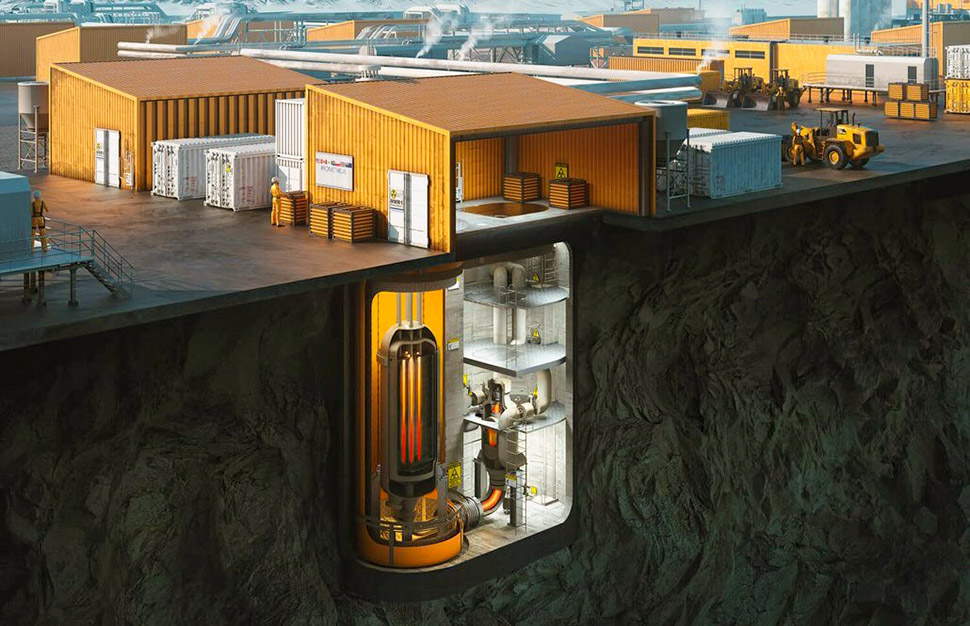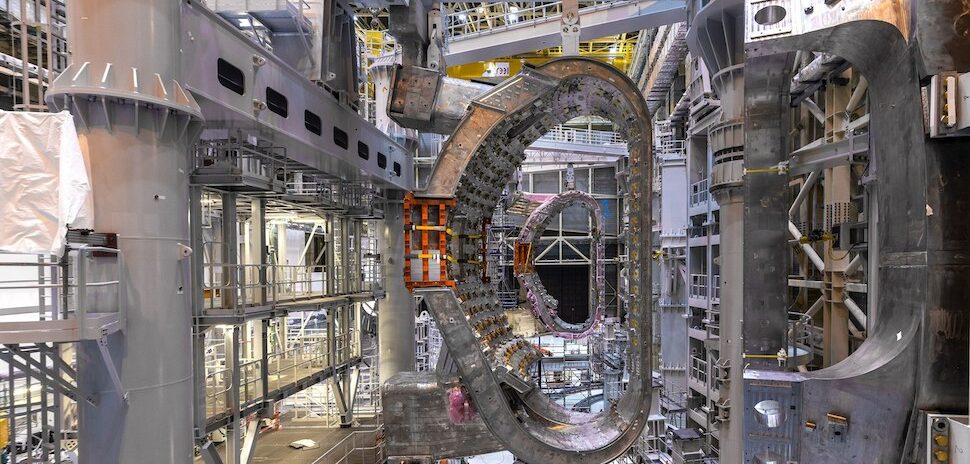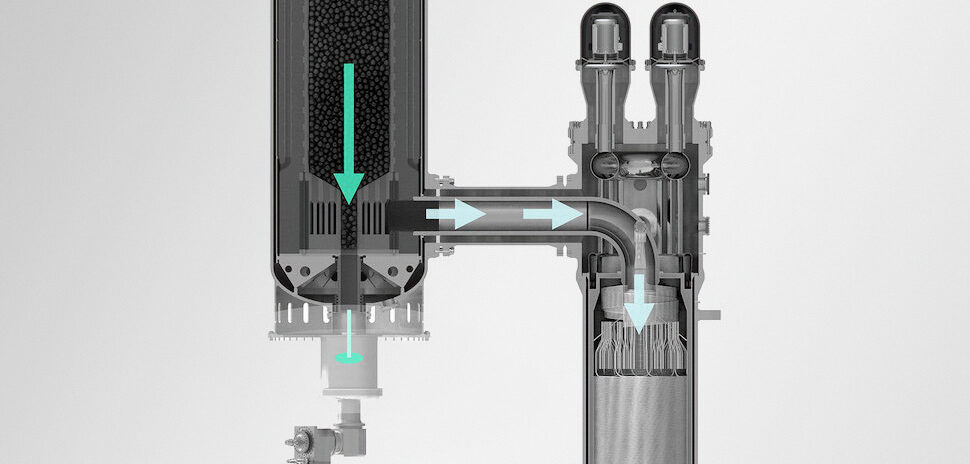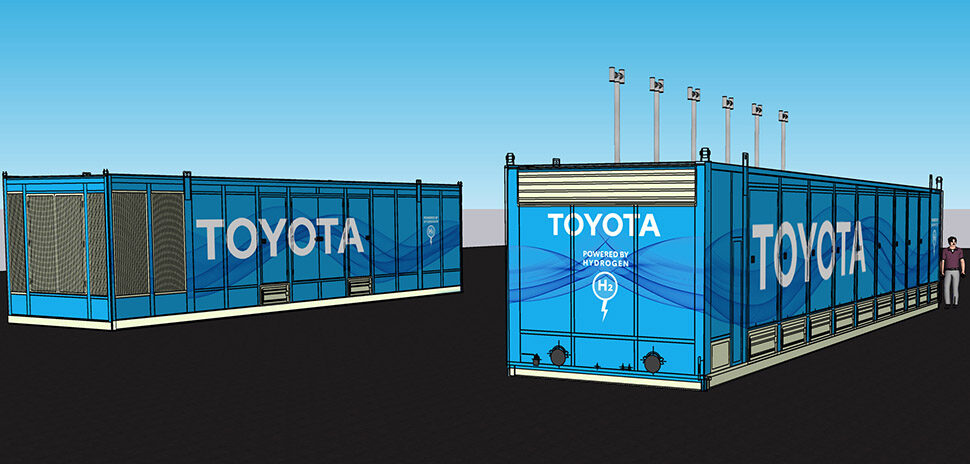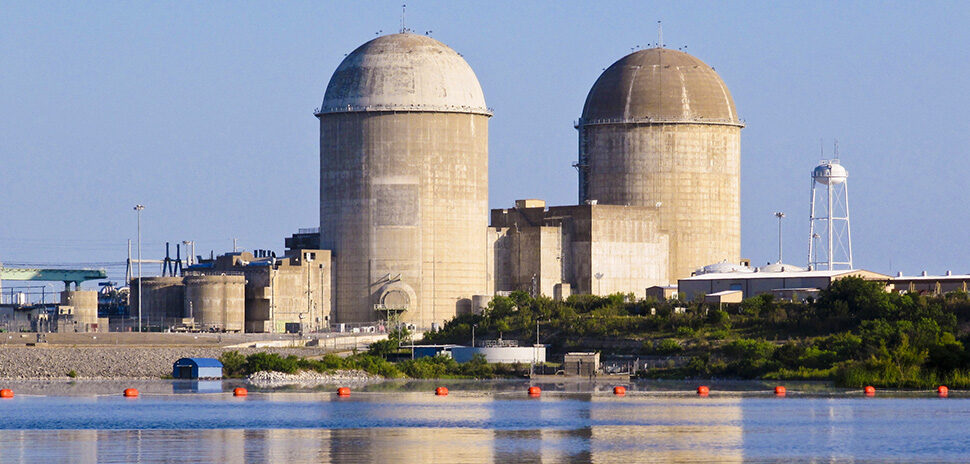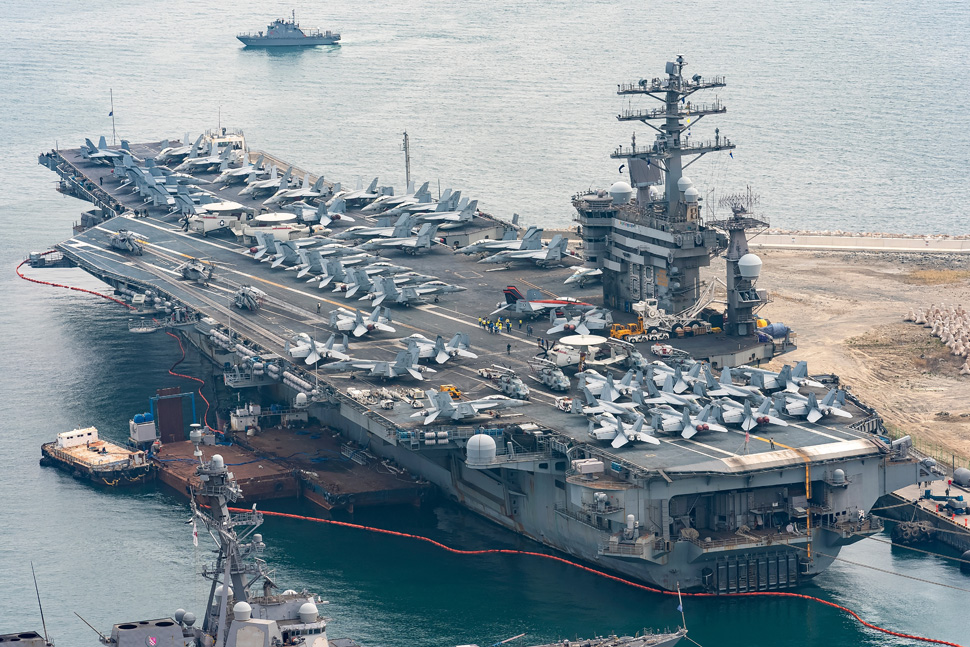Dallas-based engineering giant Jacobs is supporting a project to bring the first commercialized “fission battery” to the U.K. The micro modular power reactor from Seattle-based Ultra Safe Nuclear is a fourth-generation nuclear energy system that delivers “safe, clean, and cost-effective electricity” to help the world transition from fossil fuels.
Jacobs was selected by Ultra Safe Nuclear Corporation UK (UNSC) to support design and development of the reactor, the company announced today.
$29 million grant awarded for the project
The U.K. Department for Energy Security and Net Zero awarded a grant of up to $29 million toward the development cost of the MMR Energy System—which will be match funded by UNSC itself, Jacobs said. The funding will “enable the second phase of work toward building a U.K. demonstrator of the high-temperature gas-cooled reactor by the early 2030s,” Jacobs added.
Taking nuclear power ‘into a new era’

Jacobs’ Karen Wiemelt
Jacobs Energy, Security & Technology SVP Karen Wiemelt says the high-temperature reactor “has the potential to assist the world’s energy transition and take nuclear power into a new era.”
“With 60 years of experience in research, design, and operational support for high-temperature gas-cooled reactors, Jacobs is ideally placed to support USNC through a range of scientific, engineering and program management capabilities,” Wiemelt said in a statement.
Jacobs will support the front-end engineering design program for the project as a leading subcontractor to USNC, the company said. Its to-do list will include reactor analysis, refueling system, primary and secondary systems, safety systems, associated testing facilities, human factors, safety case and security, licensing and regulation, overall system integration, and preparation for delivery of the demonstrator model.
Designed to harmonize with renewables
The MMR Energy System is like a carbon-free natural gas powerplant, according to Ultra Safe Nuclear. “It can match changing demand and make up for intermittent renewable power supply,” the company adds on its website. “As the sun sets or the wind slows down, the MMR Energy System picks up the slack ensuring demand is always met. No interruptions. No excuses. No carbon. Ultra Farms include MMR units, wind and solar assets to minimize electricity cost while meeting 100% of demand.”
Ultra Safe Nuclear has demo projects underway in Illinois and Canada
Seattle’s Ultra Safe Nuclear has plans to deploy its MMR Energy System in both North America and Europe. Currently, it has demonstration projects underway at the University of Illinois and north of the border at Canadian Nuclear Laboratories.
Encapsulated TRISO particle fuel, cooled by helium—and carbon-free
The MMR Energy System uses encapsulated TRISO particle fuel and is cooled by helium, emitting no carbon during operation. Jacobs says the system “meets the highest safety standards” and is designed to replace gas plants which are currently used to balance power grids “when renewable sources fail to generate electricity due to wind and solar intermittency.”
The reactor can provide power for urban areas, large industrial users, or off-grid locations, Jacobs said, adding that the U.K. demonstrator will also focus on the production of high-temperature process heat for industrial applications.
The ability to ‘power up anywhere’
According to Ultra Safe Nuclear, its MMR Energy System can be parked “just about anywhere that humans need power.” The system uses no water and doesn’t need an electrical grid or infrastructure support to operate. It’s compatible with “the harshest climates from arctic to desert to tropical,” the company says.
Linking up ‘like batteries’—with first nuclear power slated for 2026
The MMR Energy system can also power up anything, the company adds on its website—and in an innovative, modular way: “Like batteries, multiple MMR units can be linked together to provide as much power as needed. Multiple MMR units can power communities in the middle of nowhere, large industrial sites, and cities. The modules can be combined in different ways for different sites and needs, including integration with renewable micro grids.”
According to Ultra Safe Nuclear, its demonstration units are scheduled for first nuclear power in 2026.
![]()
Get on the list.
Dallas Innovates, every day.
Sign up to keep your eye on what’s new and next in Dallas-Fort Worth, every day.

